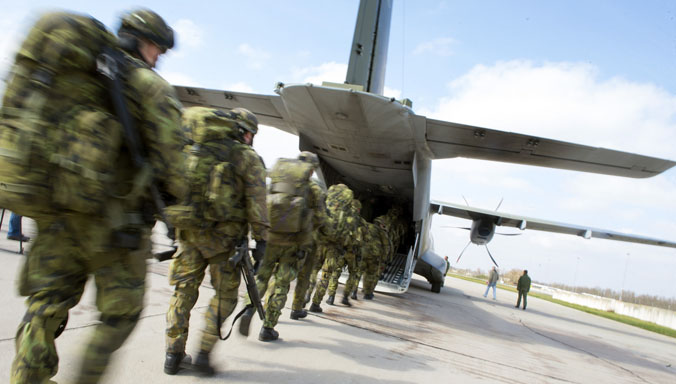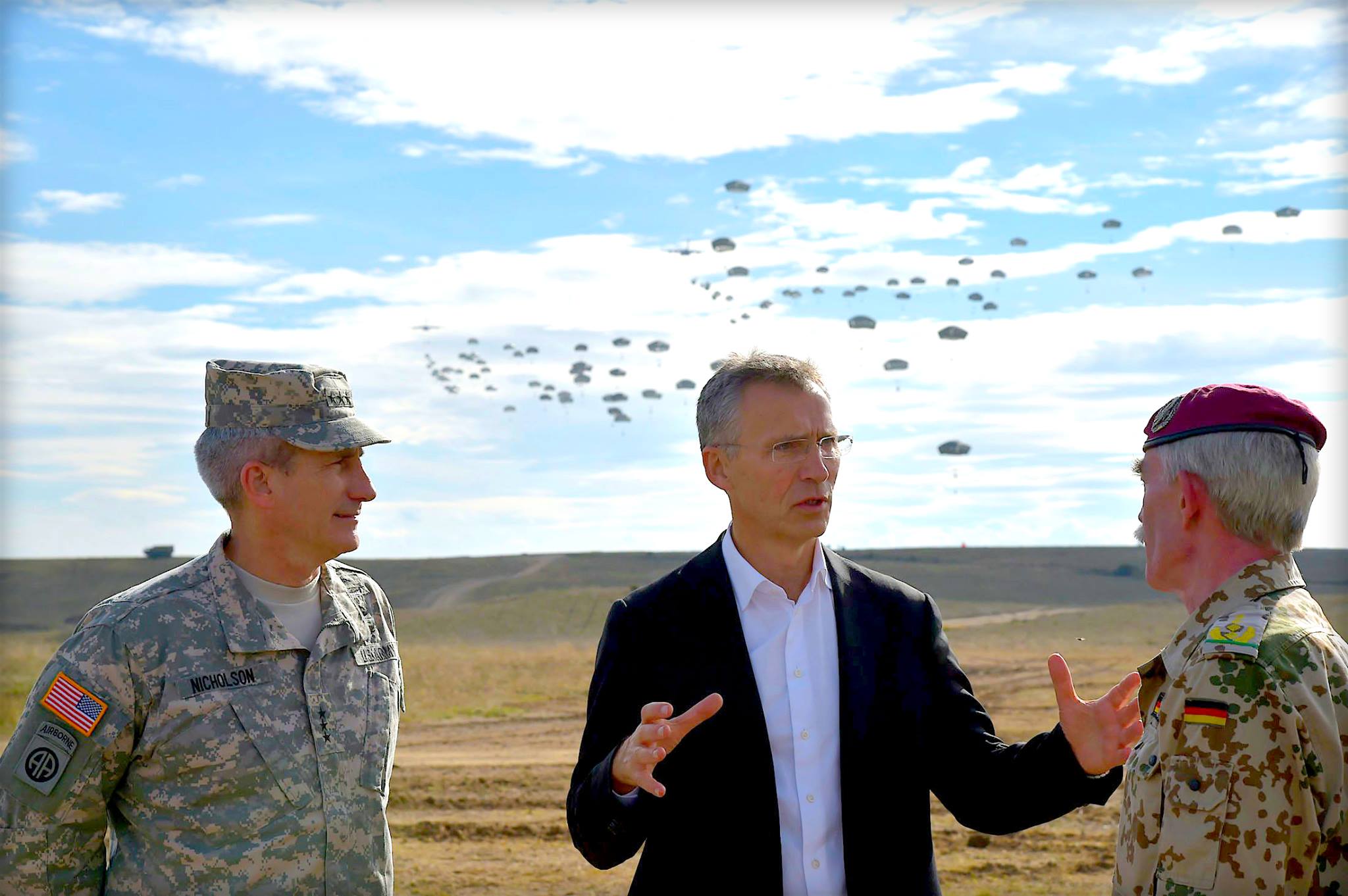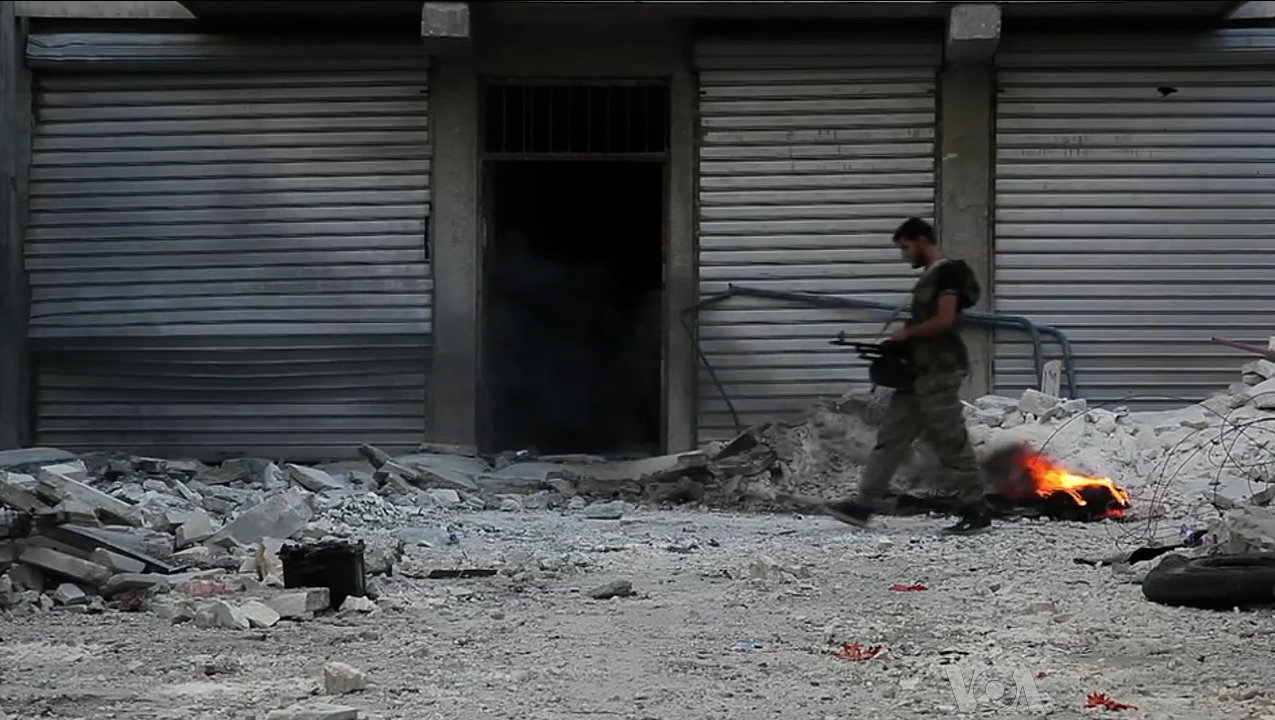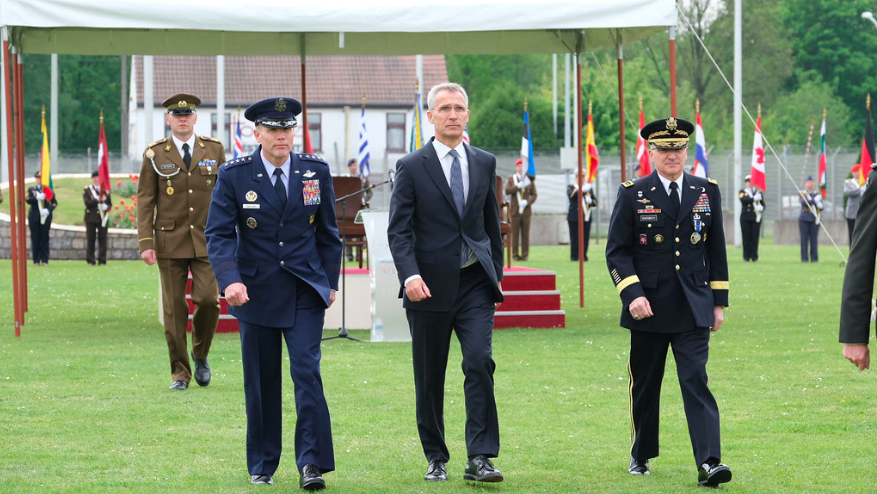Changing global dynamics, as shown by both the Syrian refugee crisis and recent terrorist attacks in Belgium, have led to the emergence of a new international security order. As an organization that transcends borders and engages with partners from some of the most volatile parts of the globe, these trends have no doubt posed serious challenges for the North Atlantic Treaty Organization (NATO). In his address to the European Parliament Committee on Foreign Affairs and Subcommittee on Security and Defence on February 23, 2016, NATO Secretary General Jens Stoltenberg eloquently summarized the Alliance’s perspective:
Today, Europe’s security environment is more complex and more unpredictable than for a generation. We live in an age of instability. With complex and interconnected challenges. We face a more assertive Russia which is destabilising the European security order. And we face extremism and violence across the Middle East and North Africa. Fuelling the worst refugee and migrant crisis in Europe since World War Two.
Given this new security reality, just how prepared is the Alliance to combat these insurmountable threats to the stability of the global system?
Ready for Action
At the 2014 Summit in the United Kingdom, NATO members adopted the Readiness Action Plan (RAP), which outlines a “coherent and comprehensive package of necessary measures,” so as to enable the Alliance to respond rapidly to changes in the international security environment. The measures, which are largely in response to increasing Russian assertiveness in Eastern Europe and the Caucuses, as well as regional instability in the Middle-East and North Africa, were developed to ensure that NATO remains a “strong, ready, robust, and responsive Alliance” capable of responding to these concerns
Given these objectives, implementation of the action plan has been driven by two fundamental components: adaptation and assurance. Adaptation, as outlined in the Secretary General’s most recent Annual Report, refers to “longer-term changes to NATO’s forces and command structure” that improve the Alliance’s ability to respond “swiftly and decisively” to emerging crises. Assurance measures, which have been adopted largely in response to Russian activities in Ukraine, entail the continuous presence of air, land and maritime assets in the territory of the Alliance’s most vulnerable members, and is aimed at demonstrating NATO’s resolve to defend these allies from aggression or unauthorized incursions.
While these strategies play key roles in maintaining NATO’s position as a credible Alliance, its effective command of internal assets and structures is fundamental to maintaining its relevance as a global military actor. Consequently, the fundamental question for analysts and pundits alike now becomes, what do these assets and structures entail, and how effective are they in achieving the Alliance’s goals? Due to the complexities surrounding the RAP, this post will focus specifically on the concept of adaptation, while an analysis of assurance will occur in the second part of this series.
A Standby Force for the Masses: The NATO Response Force
With some allies and partners situated in the most volatile pockets of the globe, the ability to deploy assets at a moment’s notice will ultimately govern NATO’s crisis response capacity. As the situation in Turkey and the Baltics have both demonstrated, the Alliance possesses a ‘comparative advantage’ in its ability to deploy military resources to the aid of its members. However, crisis response requires more than just planes and ships, but the rapid movement of a well-trained and highly interoperable force that can operate against a host of ground conditions.
In response to this new concept, the Alliance has risen to the occasion with the establishment of the NATO Response Force (NRF). The NRF is a “highly ready and technologically advanced multinational force” that can rapidly deploy to wherever needed. It is based on a rotational system, where alliance members commit land, air and maritime forces for 12 months at a time, with operational command alternating between NATO’s Joint Force Commands in Brunssum, the Netherlands and Naples, Italy.
Although the NRF was established following the Prague Summit in 2002, it was not until the 2014 UK Summit that NATO members agreed to enhance the NRF through the establishment of the Very High Readiness Joint Task Force (VJTF) component. The VJTF is a 5,000 strong multinational land brigade that is equipped with the appropriate air, maritime and Special Operations Forces units, some of which are ready to deploy within 2-3 days. Additionally, strengthening the Alliance’s ability to respond to potential WMD attacks, the VJTF consists of a chemical, biological, radiological and nuclear defence task force that is capable of responding to situations involving these weapons of mass destruction.
The utility of the NRF is perhaps best illustrated through Trident Juncture, a training exercise that occurred in the fall of 2015, and brought together over 36,000 personnel from across 30 countries. Throughout the exercise, participating forces, including those that make up the VJTF, engaged in numerous training exercises on land, at sea and in the air. Such demonstrations included offensive operations that involved minefield clearing, hostage rescue, and infantry attacks, as well as close air support practice missions by allied air forces.
Finally, Trident Juncture drew on the participation of more than 12 international organizations and a few other non-NATO state partners, including Ukraine, Georgia and Sweden. As these exercises have shown, elements such as the NRF not only highlight NATO’s readiness capabilities, but more important, its resolve to defend the physical integrity of its members. Speaking on Trident Juncture, Secretary General Stoltenberg stated that “while our aim is to train and exercise, we are also sending a clear message, to our nations and to any potential adversary.”
A Force for the Future?
In the coming years, key NATO response elements, such as the NRF will play integral roles in shaping the Alliance’s crisis response posture. Additionally, through the immediate movement of forces at the early stage of potential crises, these forces can act as deterrents against further escalations of conflict. Given Russian aggression in Eastern Ukraine and growing assertiveness in the Baltics, as demonstrated by the significant number of overflights into that region, the NRF will act as an important linchpin in the defence of NATO allies. With NATO-Russia relations at a low-point however, reiterations of allied intentions for the NRF will be critical in preventing any potential Russian backlash during these situations.
Photo Credit: North Atlantic Treaty Organization




